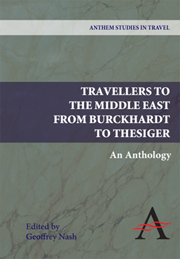Persia
from PART ONE - THE COMING OF EMPIRE 1800–1879
Published online by Cambridge University Press: 05 March 2012
Summary
Historical Background
A long period of instability and fragmentation followed the end of the Safavid dynasty (1736) and the brief reign of Nadir Shah (1736–1747). Although Zand rule created order and prosperity in the southern part of the country for most of the second half of the eighteenth century, a unifying force only arose at the century's end in the form of the Qajars. Before his assassination in 1797 Aqa Muhammad Qajar, who ended the Zand dynasty, re-instated to the Persian Empire its former territories in the Caucasus. Acting to defend her interests in India by pre-empting Afghanistan's expansion into Persia and thence India, as well as possible French invasion, in 1799 Britain sent an embassy led by John Malcolm. This reached Tehran the following year and resulted in the signing of two Anglo-Persian treaties: one promised economic cooperation, the other British support in defending Persia against both Afghanistan and France. However when Russia attacked his kingdom's Caucasian provinces, Fath Ali Shah (ruled 1797–1834) turned in 1807 to France for help, signing a treaty and receiving a French military mission. But when Napoleon settled with Russia at Tilsit he left Persia prey once more to her northern neighbour. Diplomatic manoeuvres were then resumed by Britain. London sent Harford Jones who negotiated a new treaty with the Shah only for John Malcolm to arrive from India in February 1810.
- Type
- Chapter
- Information
- Travellers to the Middle EastAn Anthology, pp. 87 - 89Publisher: Anthem PressPrint publication year: 2009



